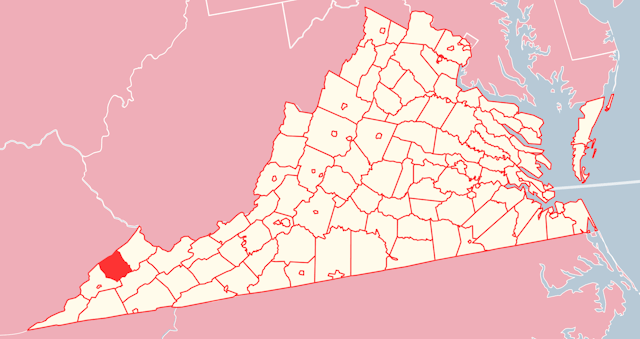Rehabs in Dickenson
Dickenson is situated in the Commonwealth of Virginia and is Virginia's youngest county. It was formed in 1880 and named after William J. Dickenson. Clintwood serves as the county seat. According to the 2020 census, the population was 14,124.
In Virginia, personal health care costs per individual were $7,556 in 2014. This represents an increase of 3.42% from the prior year. On average, primary care doctors see 3631 patients a year. This represents a 1.76% decrease from the previous year. The most warning issue in this sector yet remains the substance abuse rates.
This is why rehabs in Dickenson County have intensified their work. They help the residents with their mental health problems. Rehabs provide a variety of recovery plans to suit the needs of their residents.
Drug and Alcohol Evaluation
An addiction counselor conducts a substance use evaluation. The purpose of the procedure is to determine whether a person has an addiction to drugs or alcohol.
If according to the result of the assessment, there is an issue, the counselor makes a diagnosis. After that, they suggest treatments based on the needs of the client.
The suggestions won't be the same for every person. Instead, they customize it to fit each person's particular needs, situation, and background.
Detoxification
Attending a rehab facility significantly increases one's chances of achieving lifelong abstinence. Yet, before entering a facility, you should complete drug detoxification.
It eliminates the toxic substance you have been ingesting from your body. This procedure could result in some unfavorable side effects. These negative effects may be harmful. It's particularly dangerous if you're trying to detox from addictive substances. Thus, it's crucial to detox with medical supervision and support. The latter will prevent complications.
Types of Rehabs in Dickenson County, Virginia
Depending on your situation, you may need to spend some time in a facility. Therefore, it's vitally important to select a facility that can accommodate your needs.
So, make sure you choose a good one. As an option for that, consider Dickenson County Behavioral Health Services. It provides its residents with a wide variety of services, including inpatient and outpatient care.
Inpatient Level
People in this rehabilitation therapy stay in a detox center for at least 28 days. As a result, they receive intensive treatment in a secure environment.
Similarly, patients have immediate access to medical professionals during their recovery. Each patient receives a daily schedule. The latter gives them structure while receiving inpatient care.
Besides, the stress of their everyday lives is taken away from patients. As a result, they are completely focused on their recovery. This is very important, as it compels them to use drugs.
Outpatient Level
Those who take part in these recovery plans can live at home. They are able to work and carry on with their duties while recovering. Hence, it is very flexible.
These programs involve group therapy sessions during the day or in the evening. After that, each patient spends the night in their own home.
A typical intensive outpatient program requires 9–15 hours of group programming. If patients can withstand the temptation to use drugs, they can take part in outpatient rehab. Thus, they do not miss out on their normal activities.
Participants usually establish a helpful support system in their recovery community. This way, it becomes easier for everyone in the facility to reach a common goal.
Partial Hospitalization Program or PHP
This level is somewhat different from the previous two. It is for those who need more supervision than an outpatient. PHP bridges the gap between the levels of service mentioned above.
On average, PHP offers 4-6 hours of organized programming per day. People stay in the facility during the day and go home at night. In order for the recovery to be successful, families must also be involved. Accordingly, they should be able to foster a supportive atmosphere at home.
Insurance Plans for Addiction Treatment
Here, 91.6% of people have access to health insurance. They use a variety of plans, including:
33.2% of employee
22.5% of Medicaid
25.2% of Medicare
8.95% of non-group
1.71% of military or VA
Payment Options Without Insurance
If you aren't qualified for an insurance plan, try something else. See if you qualify for Affordable Care Act healthcare programs. For this, use Healthcare.gov. It is a federal website that will help you determine your eligibility.
If this doesn't work, get funding for your healing through some organizations. They are non-profit organizations and faith-based organizations. You can also get payment help through fundraising.

